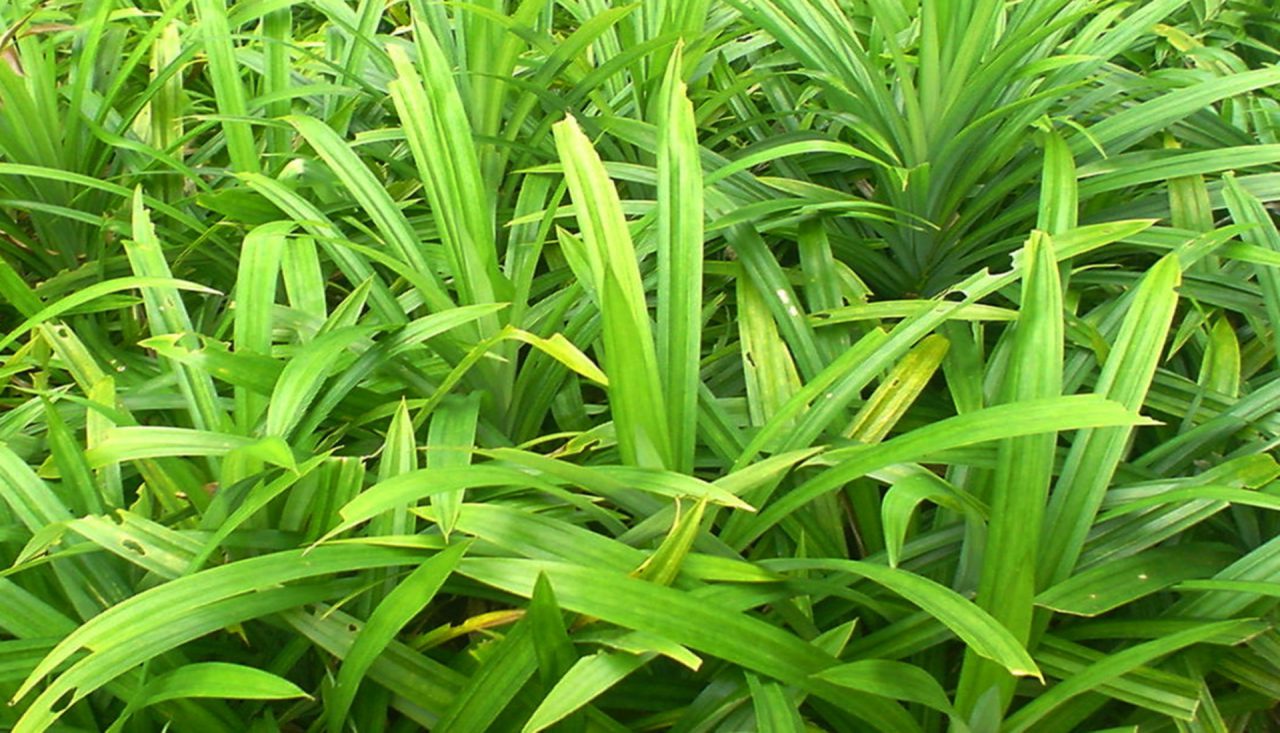You may be encountering Pandan more frequently, but what exactly is it? Often referred to as the new seasoning by culinary experts like celebrity chef Nigella Lawson, pandan is becoming increasingly popular. You might recognize pandan from Asian dishes such as pandan rice, pandan bacon biscuits, or pandan cake. Additionally, pandan leaves are commonly used in curries and marinades.
About Pandan
Pandan leaves are long and narrow, originating from the screw palm. This tropical plant, native to Malaysia and Indonesia, is rarely found in the wild and is mainly cultivated. In these countries, pandan is a daily staple and is now making its way into Western cuisine.
Pandan, also known as screwpine, is a tropical plant native to Southeast Asia, particularly Malaysia and Indonesia. The plant features long, narrow, green leaves that are commonly used in cooking for their unique flavor and aroma. Pandan leaves are often described as having a nutty, subtly sweet taste, sometimes compared to ‘Asian vanilla.’
Uses of Pandan
Flavoring: Pandan leaves are used to impart flavor to a variety of dishes, including rice, curries, soups, and desserts.
Coloring: The leaves give a bright green color to foods, such as pandan cake and pandan-flavored biscuits.
Versatility: Pandan can be used fresh, dried, as a paste, or as an extract, making it a versatile ingredient.
Preparation:
The leaves are often tied in a knot to bruise them, which helps release their flavor.
They can also be boiled and then removed from dishes to infuse their flavor and color.
Beverages:
Pandan is used in drinks, such as the Bandoeng’22, which is the world’s first liqueur made with pandan. This liqueur is used in cocktails and desserts, particularly those with Asian influences.
Pandan is a staple in Southeast Asian cuisine and is now becoming more popular in Western cooking due to its unique flavor and versatility.
Pandan Liqueur
Pandan has a nutty and subtly sweet flavor, earning it the nickname ‘Asian vanilla’ due to its sweet taste and pleasant aroma. It also imparts a vibrant green color, evident in dishes like bacon biscuits. To use pandan leaves for flavor and color, they can be boiled and removed afterward. Tying a knot in the leaf to bruise it or soaking it in coconut milk beforehand helps release its flavor.
Pandan leaves can be used fresh, dried, as a paste, or as an extract, making them versatile for various dishes. They can season rice, pasta, soups, curries, and cakes.
Bandoeng’22 Pandan Liqueur is a award winning liqueur. It’s perfect for creating innovative cocktails that pair well with Asian-inspired dishes. Chefs also use it to make delectable desserts. To learn more about Bandoeng’22 Pandan Liqueur, click here.


























